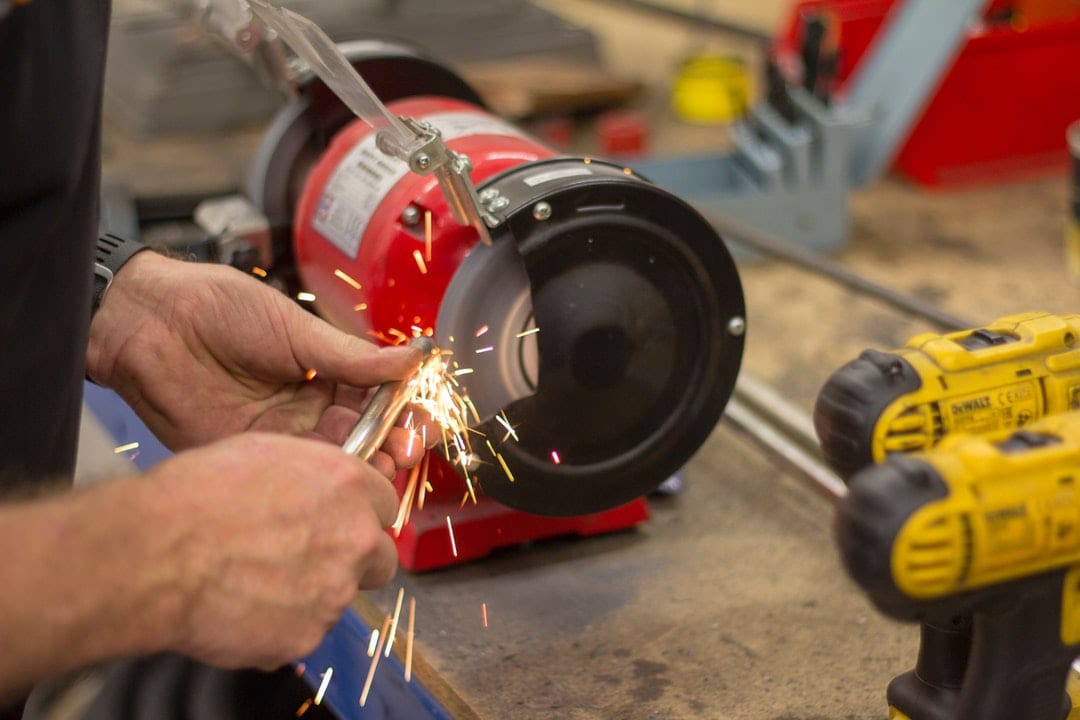If you look on a site such as Grizzly you will find a large verity of bench grinders sized from 6-10inch in various speeds and powers. Keep in mind that they are and particularity the cheaper ones designed to a price point for their class and not for specific practical use. In the machinery hand book you can find the chapter on grinding speeds and there application for the ideal grind. Though most of the grinders you will see will disregard this in favor of the most cost effective motor and wheel size combo.
The variable that you are missing out on to consider is vibration, the primary factor between a 50$ and a 500$ grinder of an identical silhouette. Vibration will give you a rougher finish, degrade the wheels faster, distract you from holding a perfect angle, and round over that all critical cutting edge. Just try to hand sharpen a twist drill on a heavily vibrating grinder, you can't effectively do the gentle touch off and role needed.
Back when I was starting my trade school, I had only watched some instructional videos and used a sub 100$ grinder. I had no idea that was anything better out there, though when I got the chance you use the 12inch grinders at Dawson college, it was a different world. The coarse wheel hogs away metal, and the fine wheel leaves a superb finish. The touch off to spark is without kick or sputter, and following curves is a breeze. So much so that I spend some lunch breaks grinding my own set of HSS blanks into a set of full turning tools for home use, having not considered using the cheap grinder at home.
What I recommend to you is to set a budget then get the best 6inch grinder you can afford and place on some name brand wheels. Put the factory wheels on the shelf to later use only for de-burring on the retired grinder. A good pair of Norton or Camel grinding wheels will cost more than a cheap grinder, but they're worth it.


